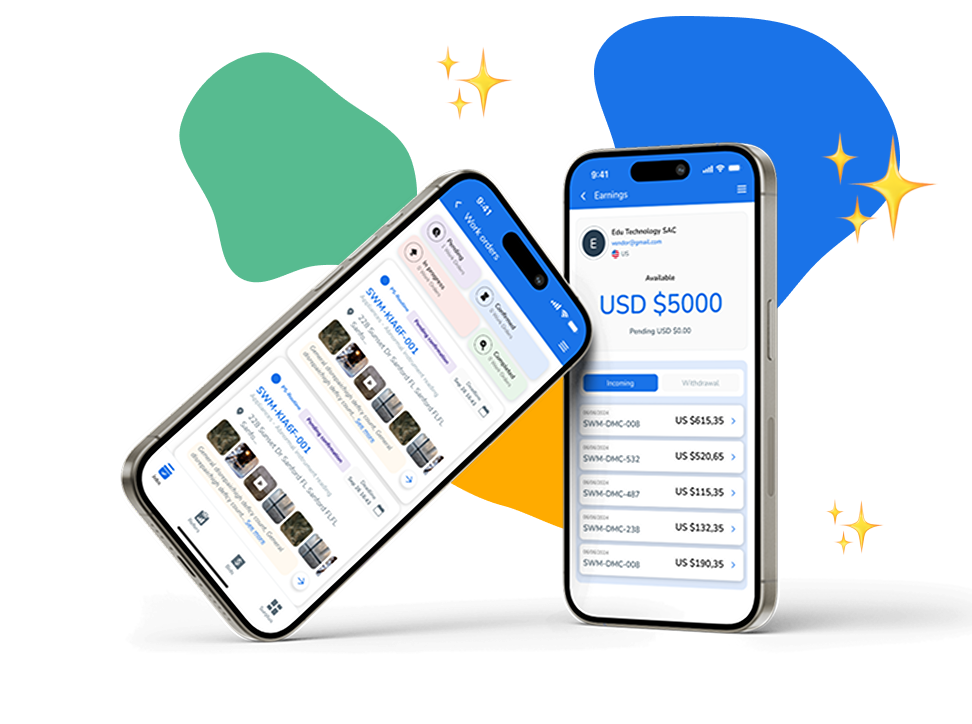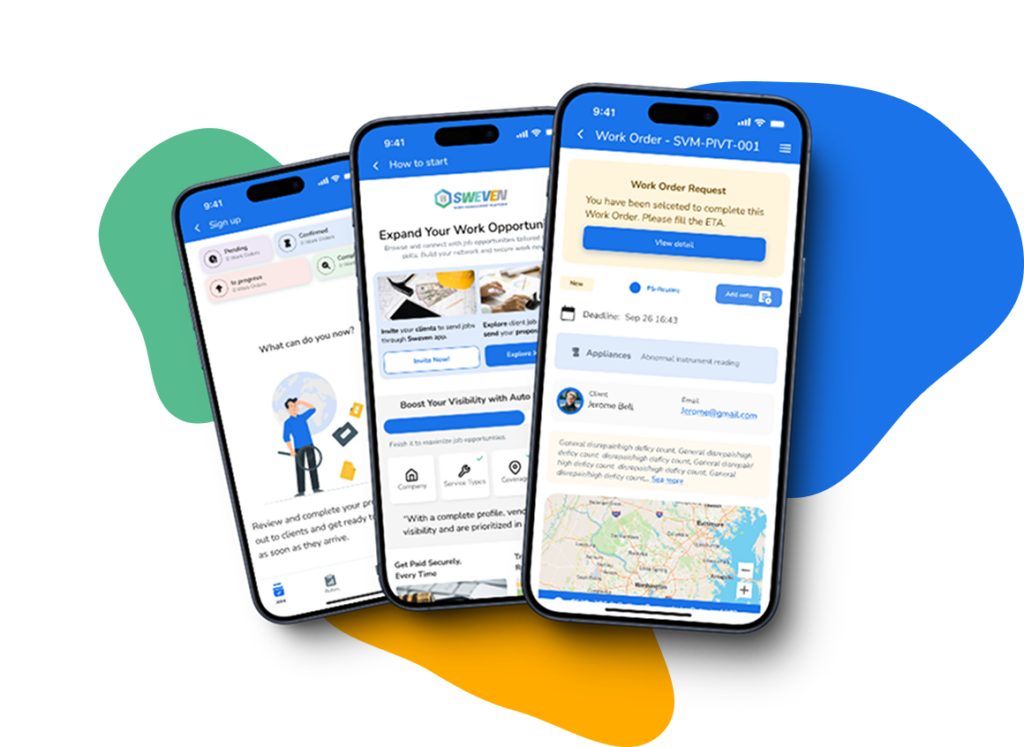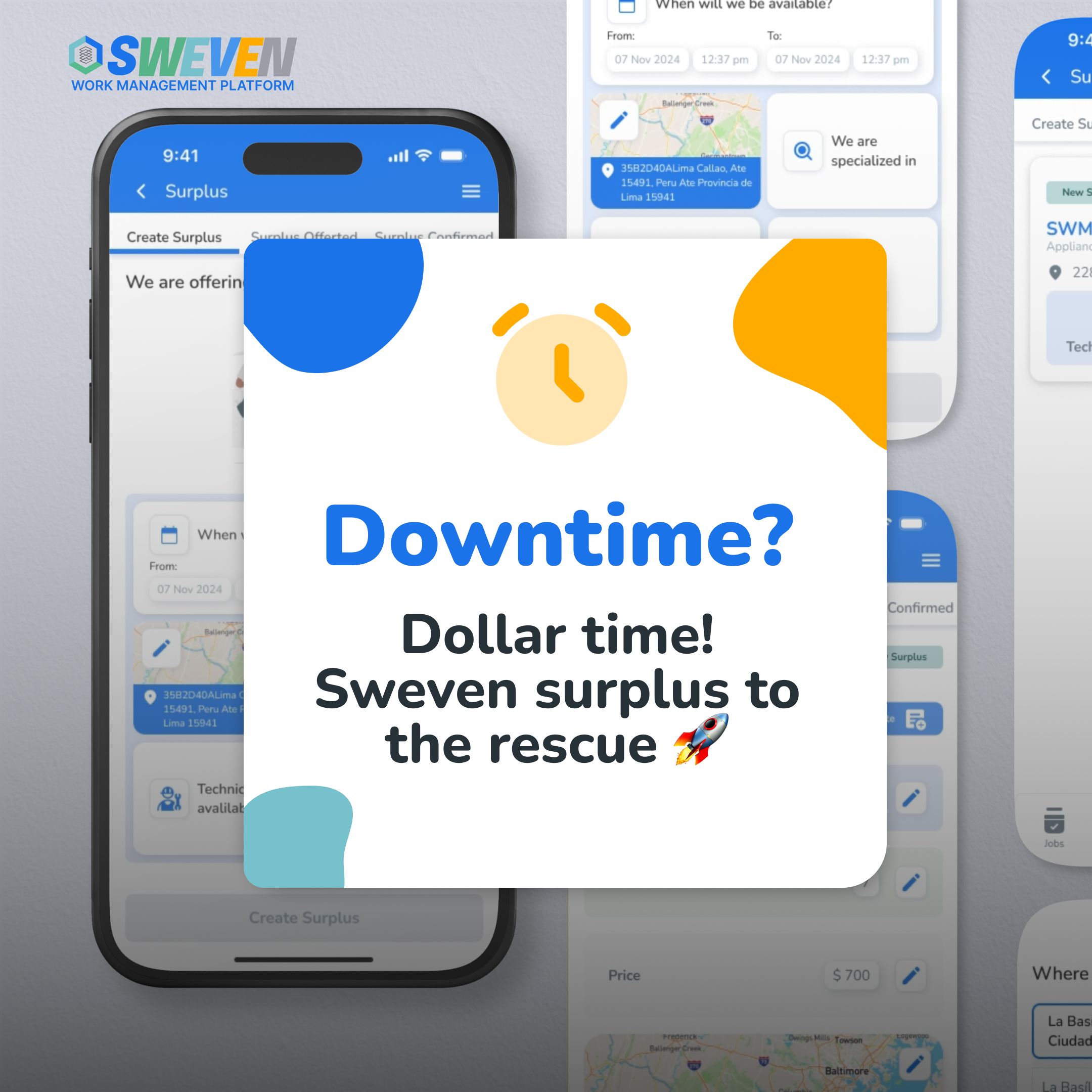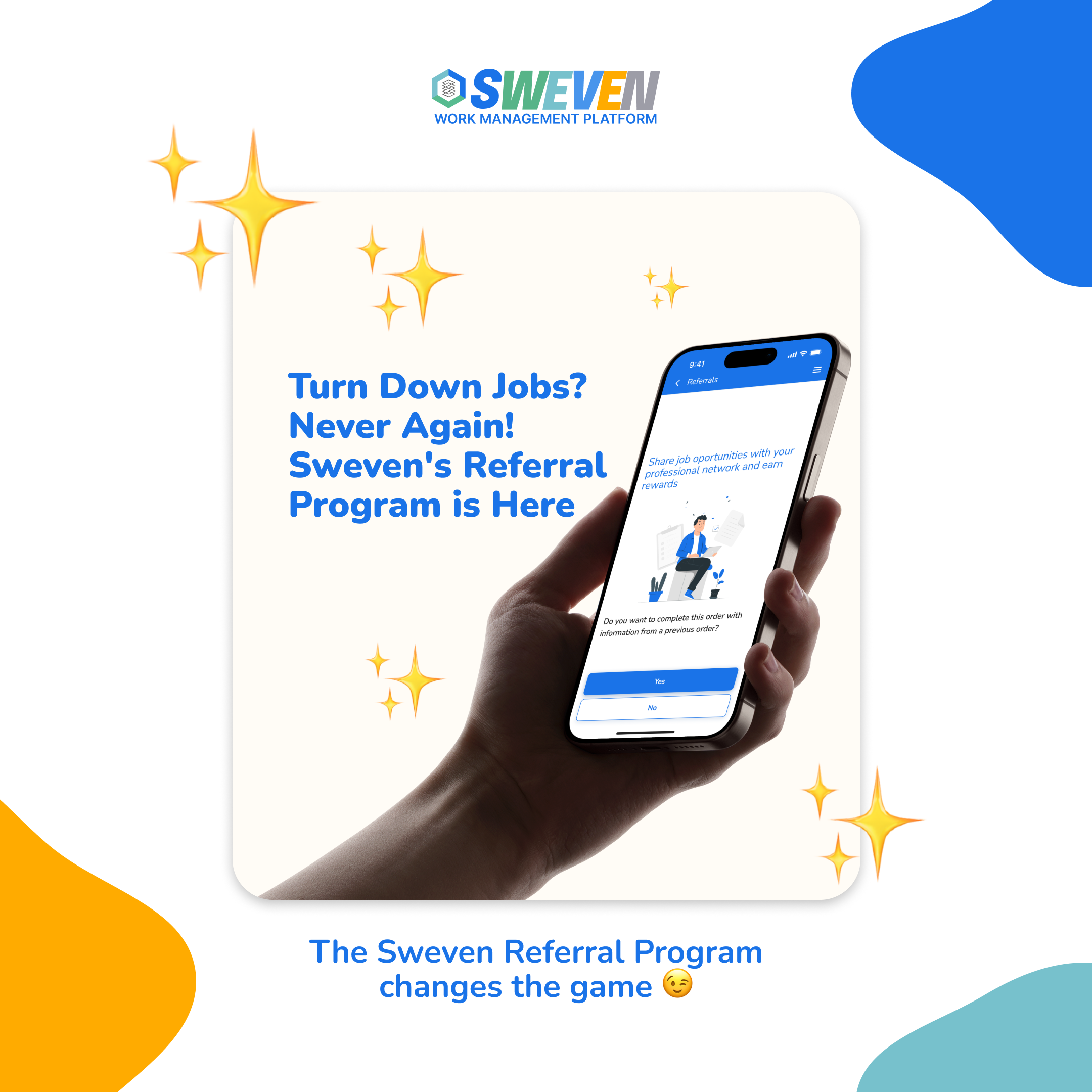In the dynamic world of business operations, managing payments to multiple vendors can often become a source of headaches due to the potential for errors and discrepancies. Inaccurate payment reconciliation can lead to financial inefficiencies, strained vendor relationships, and operational disruptions. To address these challenges, businesses can benefit from implementing an automated financial reconciliation system that leverages technology and best practices to streamline the payment reconciliation process.
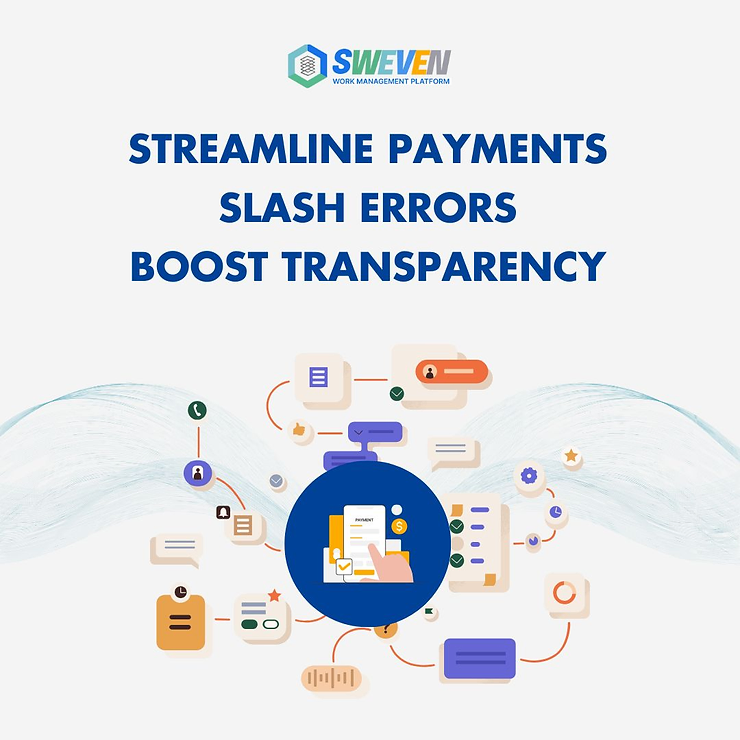
The Challenge of Payment Discrepancies:
Payment discrepancies are not uncommon in the complex web of financial transactions involving multiple vendors. Manual reconciliation processes are prone to errors, leading to delayed payments, frustrated vendors, and potential financial losses. Automating the reconciliation process is key to not only reducing errors but also improving efficiency and accuracy.
Implementing Automated Financial Reconciliation:
The first step in mastering payment reconciliation is to implement an automated financial reconciliation system. This system should seamlessly integrate with your existing payment and accounting platforms. By leveraging machine learning algorithms, it can match invoices with payments, identify discrepancies, and automatically flag any inconsistencies for human review. Automation reduces the risk of human error and speeds up the reconciliation process.
Regular Audits and Validation:
While automation is a powerful tool, it’s crucial to complement it with regular audits and validation processes. Periodically review vendor invoices and payment records to ensure accuracy. This proactive approach helps catch discrepancies early on and prevents them from snowballing into larger issues. Regular audits also contribute to building a culture of accountability and precision within the financial operations of the business.
Clear Communication Channels:
Establishing clear communication channels with vendors is essential for resolving discrepancies promptly. Provide vendors with a dedicated point of contact for issue resolution, creating a streamlined process for addressing concerns. Open and transparent communication helps build trust with vendors and fosters a collaborative relationship, making it easier to navigate and resolve payment-related challenges.
Continuous Monitoring and Refinement:
Payment reconciliation is not a one-time task but an ongoing process that requires continuous monitoring and refinement. Regularly assess the effectiveness of your reconciliation processes and make necessary adjustments. Stay informed about updates in payment technologies, accounting standards, and regulatory requirements to ensure that your processes remain up-to-date and compliant.
Leveraging Blockchain for Transparency and Security:
Consider leveraging blockchain or distributed ledger technology to enhance transparency and security in payment tracking. Blockchain provides an immutable and transparent record of transactions, reducing the risk of fraud and unauthorized changes. Integrating blockchain into your payment reconciliation system adds an extra layer of trust and accountability to the process.
–
Mastering payment reconciliation is crucial for the smooth financial operations of any business. By implementing an automated financial reconciliation system, conducting regular audits, maintaining clear communication channels with vendors, continuously monitoring and refining processes, and leveraging cutting-edge technologies like blockchain, businesses can significantly reduce errors in payment reconciliation. A proactive and technology-driven approach not only enhances accuracy but also strengthens relationships with vendors, contributing to the overall success of the business.



